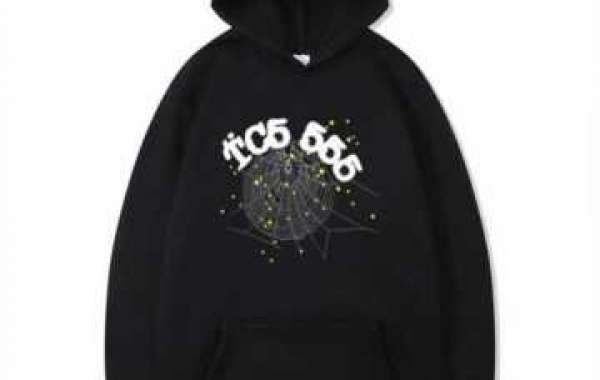What is Distributed Generation?
It refers to small-scale power generation technologies that provide an alternative to traditional electric power systems. Rather than delivering electricity through long-distance transmission and distribution systems from large centralized power plants, it systems produce electricity closer to the end user.
Distributed Generation Technologies
There are several technologies that fall under the umbrella of it. The most common types include:
Solar Photovoltaic Systems
Solar photovoltaic (PV) systems convert sunlight directly into electricity through solar panels installed on rooftops or other spaces. Grid-connected residential and commercial solar PV systems allow excess power Distributed Generation to be sent back to the main power lines to be used by other customers. Off-grid solar homes and businesses use battery storage to keep the power available at night or on cloudy days.
Wind Turbines
Small wind turbines can be installed on poles in open areas to harness wind energy on both residential and commercial properties. Wind turbines come in a variety of sizes from small units producing just hundreds of watts up to multi-kilowatt residential and agricultural applications. For off-grid applications, wind turbines are often paired with battery storage.
Combined Heat and Power Systems
Combined heat and power (CHP) systems, also known as cogeneration, produce both electricity and useful thermal energy (such as heat or steam) in a single integrated system. CHP units are commonly fueled by natural gas and installed by industrial, commercial, and institutional facilities to generate electricity on-site. Waste heat from electricity generation is recovered and used for purposes like space heating or process heat.
Fuel Cells
Fuel cells generate electricity through an electrochemical reaction rather than combustion. While large fuel cell plants exist, distributed generation applications include residential fuel cell systems, backup power for telecom networks, and combined heat and power for businesses. Fuel cells can operate using renewable biogas or hydrogen.
Get More Insights on-Distributed Generation
About Author:
Ravina Pandya, Content Writer, has a strong foothold in the market research industry. She specializes in writing well-researched articles from different industries, including food and beverages, information and technology, healthcare, chemical and materials, etc. (https://www.linkedin.com/in/ravina-pandya-1a3984191)










